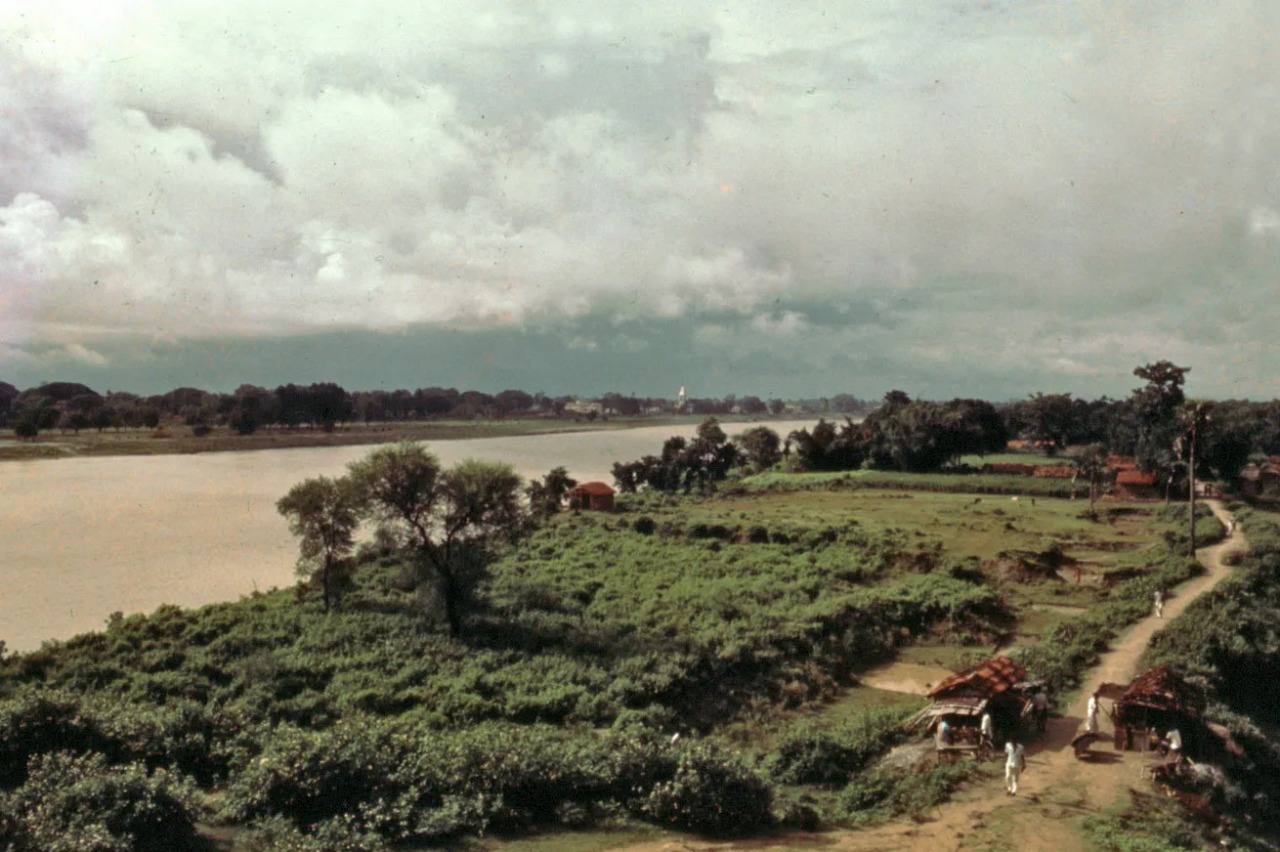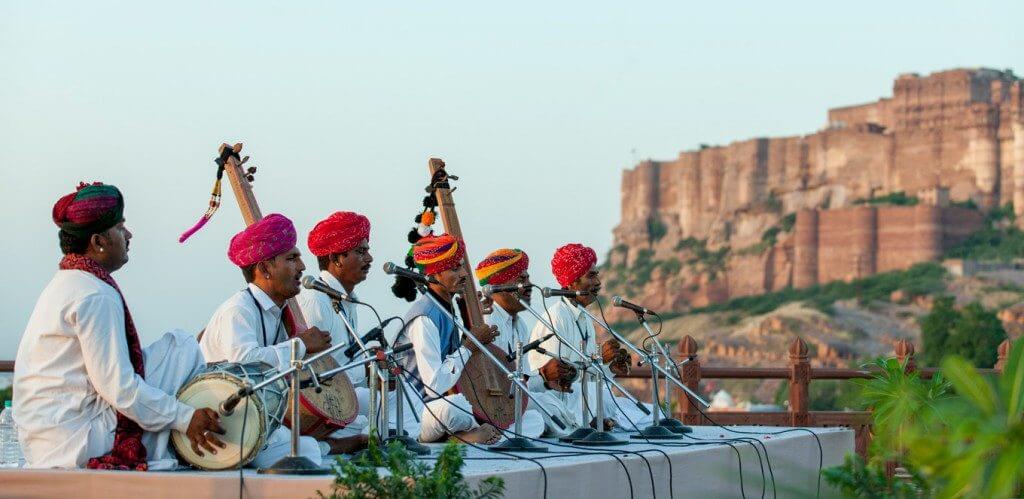History of West Bengal
Located in eastern India, West Bengal is one of the largest states in the country.
West Bengal cannot be seen in isolation when discussing the history of Bengal. It
covers origins across Bengal, including West Bengal and East Bengal (now
Bangladesh). Bengal Territory has been an important region since ancient times.
The first mention of this state is in the Mahabharata epic. Due to its strategic
location by the sea, various denominations, including the Aryans from the Vedic
period onwards, have come and settled here. So today she shows a productive
mixture of five different breeds.
Ancient Bengal
The earliest mention of Bengal can be found in the old epic of Mahabharta, as
‘Vanga’. At that time, the territory was divided into smaller kingdoms and was ruled
by chieftains. As per the ancient records in Vedic literature, it was inhabited by
several groups of people, belonging to various races. The original inhabitants of
Bengal were not Aryans, but rather Dravidians (most probably). The Aryans came to
Bengal after the Vedic period. It is assumed that the Brahmins and other high castes
of Bengal were the descendants of the Aryan invaders, who forced their culture
upon the primitive barbarian tribes of Bengal.
Medieval Bengal
Many dynasties exercised their control over Bengal when monarchy came into
fashion in India. In about the 3rd century, Mauryas and Guptas established their
rule in Bengal. The establishment of the Gupta Empire marked the end of all small
kingdoms that flourished in Bengal, ruled by tribal chiefs. The Palas followed the
Guptas and established their strong rule in the territory, from about 800 AD till the
11th century, after which the Senas overtook the Empire of Bengal. Sena Dynasty
lost the kingdom of Bengal to Qutub-Ud-In-Aibak, the Sultan of Delhi, at the
beginning of the 13th century.
After being a part of the Delhi Sultanate, the region of Bengal came under the
Mughals. The tryst of Bengal with Muslim culture started with this phase only. As
an influence of the Muslim culture, conversions began to take place in the state and
it also witnessed the development of art, culture, and cottage industries.
Production of items like muslin brought Bengal to the limelight, as they were in
great demand in other parts of the world. This phase of the Muslim reign surely left
an everlasting impact on Bengali culture.
Modern Bengal
The modern history of Bengal can be traced back to the late 17th century when
foreign influences started disturbing the traditional monarchy of the state.
Portuguese, Dutch, Danish French, and British influence, all began in the 17th
century only, when Bengal gained prominence in the world, mainly due to its
growing textile market and strategic location. The British came to Bengal in 1690, as
traders, and extended their grip over the entire state, in about 60 years. On the
other hand, the Mughal dynasty began losing its grip over the state.
The Battle of Plassey, in 1757, officially exposed the loosened grip of Muslim rulers
on Bengal, when Siraj-ud-daul, the last independent ruler of Bengal, was defeated
by the British. Bengal was officially made a part of the British Empire in 1764, after
the battle of Buxar. East India Company, then, fixed a Subedar of the state and
acquired administrial as well as financial power. This was the point from where the
actual colonization of India began. Calcutta was officially made the capital of India
in 1772. The phase of Bengal Renaissance and Brahmo Samaj socio-cultural reform
movements also began in this phase.







There are no comments